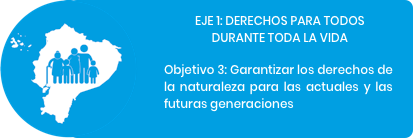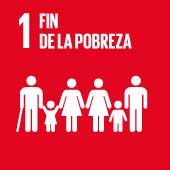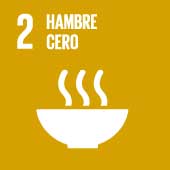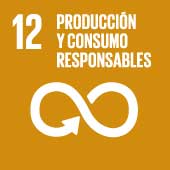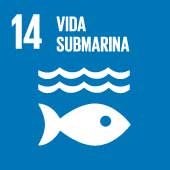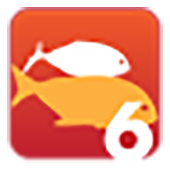In Front of the Ecuadorian coast, the cold current rich in nutrients of Humboldt and warm currents of the central Pacific that make of Ecuador a country with great diversity of marine species. The Ecuadorian Coast has an exclusive economic zone that covers 276,840 km2 where the coastal profile of Continental Ecuador is located.
According to the latest FAO report (2018) report on the world state of fisheries and aquaculture, Ecuador is among the 25 countries with the highest volumes of the world’s main capture fisheries (715,357mt). Ecuador is home to one of the largest small-scale artisanal fleets in the southeastern Pacific. In addition, the tuna purse-seine fleet is the largest in the eastern Pacific Ocean (EPO) and there are about 267 small pelagic purse-seine vessels. Finally, the pole-and-line tuna fleet is represented by 6 boats and is considered a sustainable ancestral fishing practice. Among the four fisheries, there are an estimated 105,000 beneficiaries.
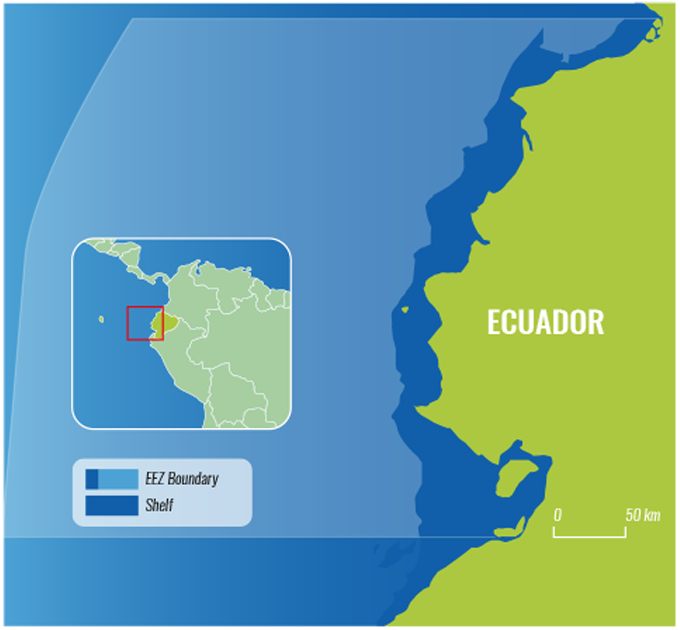
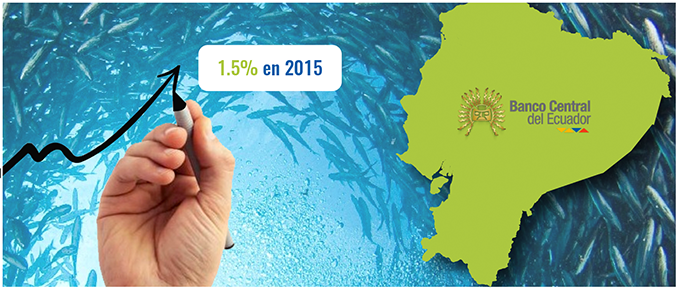
According to the Central Bank of Ecuador, sea products accounted for 1.5% of GDP during 2015. The tuna and Dorado are used for the elaboration of various products of human consumption such as frozen, canned and fresh. Small pelagic fish are used to produce frozen, canned products; and a large part of the catch of specific species, such as mackerel, is used for the production of flour and oil.
Over-fishing is caused by multiple factors such as excessive pressure on the resource, destructive practices, unreported and unregulated illegal fishing, weak control and fishery surveillance, and an increase in the demand for fishery products, among others (UNEP 2006).
As a result, 33.1% of the fisheries are over-exploited while more than 56% are at their maximum operating limit (FAO 2018).

As an alternative, Ecuador, like other countries worldwide, work on initiatives and projects that seek to improve governance and improve the sustainability of several fisheries..
The National Government of Ecuador, as well as the governments of Costa Rica, the Philippines and Indonesia, with technical support from the United Nations Development Programme (UNDP) and through the financing of the Global Environment Facility (GEF); they signed an understanding agreement for the implementation of the Sustainable Global Supply Chain of Sea Products (GMC) project..

The main objective of the project is to address key aspects of the Role of market forces and national governance that have an impact on overfishing. This Project seeks, specifically, that the productive chain incorporates and take the concept of sustainability while strengthening the institutional capacity for the management and conservation of resources.
The project is distributed in four components.
COMPONENT 1 Promote global demand
Result 1. Increased global market demand for certified and sustainable marine products. Result 2. Increased pressure on fisheries Organizations and supermarkets to adopt more sustainable practices based on scientific analysis.
COMPONENT 2 Dialogue platforms for sustainable fisheries
Result 3. Increased synergy and participation of national and international actors (retailers, traders, processors, fishermen and fishing authorities).
COMPONENT 3 Fisheries Improvement Projects (FIPs).
Result 4. Best sustainability score for marine products acquired in Project Fisheries.
COMPONENT 4 Information and dissemination: online resources available
Result 5. Publicly available information used for decision making. Result 6. Better knowledge Management on the incorporation of sustainability in the value chains of sea products.
It will support three major marine commodities in Ecuador, which are tuna (purse seine and cane tuna), Dorado and small pelagic fish. Due to the differences of the actors, and the initiatives of each fishery to achieve their sustainability, the project creates 2 platforms.
For more information about the project visit www.globalmarinecommodities.org.





